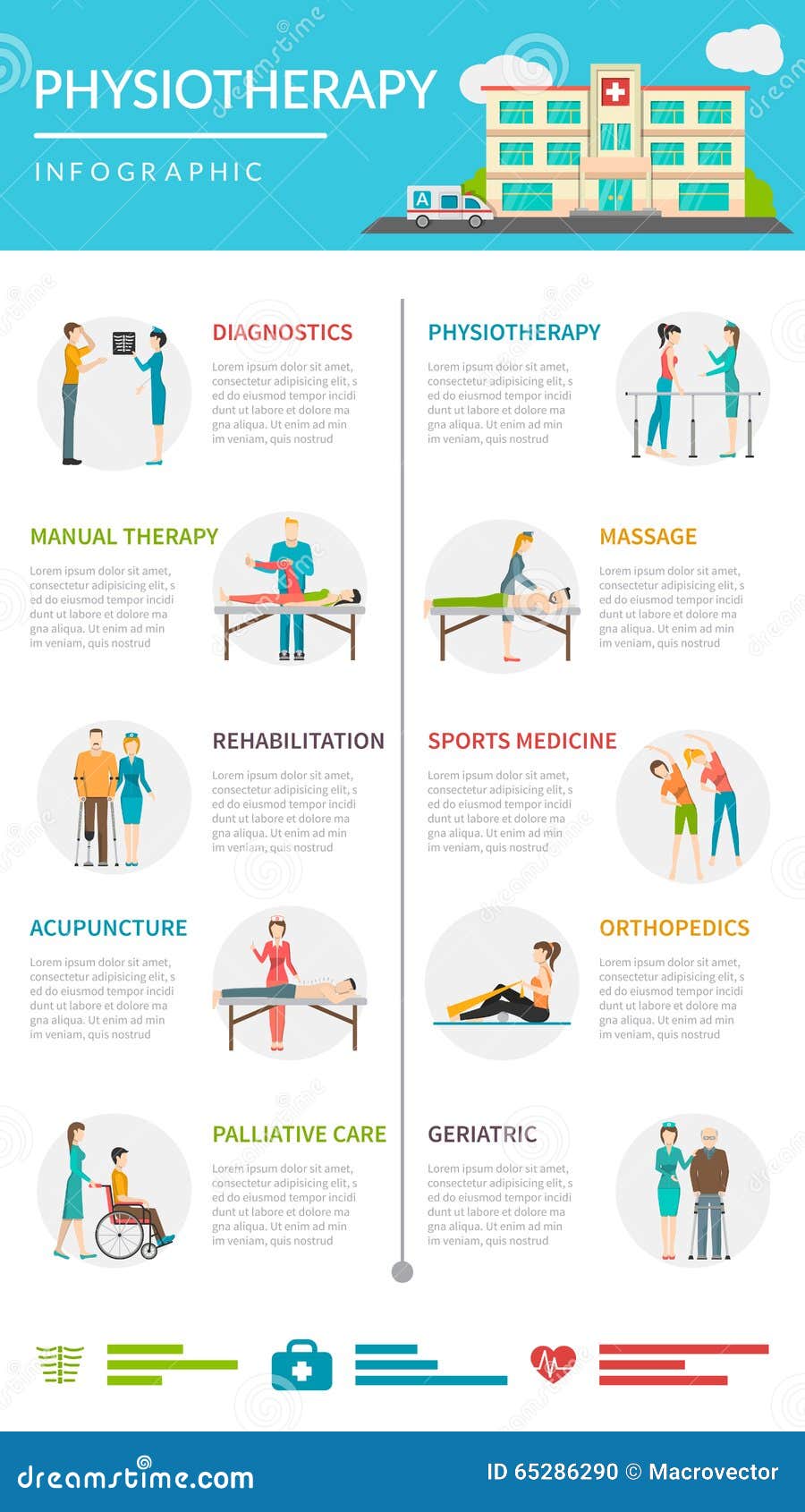Why Does Soft Tissue Treatment Hurt? Recognizing The Refine
Why Does Soft Tissue Treatment Hurt? Recognizing The Refine
Blog Article
Web Content Author-Holman Rossi
When you undertake soft Tissue treatment, you might discover it surprisingly awkward. This discomfort emerges as stress is applied to stressful muscle mass and broken tissues, activating your discomfort receptors. While it can really feel traumatic in the minute, there's a factor behind this experience. Recognizing what happens in your body during these therapies can help you value the procedure. So, exactly what is taking https://www.healthline.com/health/mckenzie-exercises beneath the surface?
The Physiology of Discomfort Throughout Soft Tissue Therapy
When you undergo soft Tissue therapy, your body's feedback to pain is a complex interplay of physiological processes. As the therapist uses stress, your body triggers pain receptors, sending signals to your mind. This causes the release of neurotransmitters, such as material P and glutamate, which enhance the sensation of discomfort.
Your muscular tissues may also tighten in feedback, further complicating the experience. In addition, your body might launch endorphins, natural painkillers that can aid relieve some pain.
The communication between these procedures can create a distinct experience for every person. Understanding this physiological action helps you browse the feelings throughout therapy, permitting you to appreciate the balance in between discomfort and the capacity for healing advantages.
The Role of Discomfort in the Recovery Process
Although discomfort during soft Tissue treatment can feel overwhelming, it plays a vital function in the healing procedure. When you experience discomfort, your body is signifying that it's functioning to fix broken cells. This feedback aids boost blood circulation to the affected area, supplying important nutrients and oxygen needed for recovery.
Furthermore, pain can promote the launch of endorphins, your body's natural pain relievers, producing a sense of alleviation post-treatment. Accepting this discomfort can assist you comprehend your body's limits and urge you to address underlying concerns.
While it's unpleasant currently, this procedure is necessary for lasting recovery and boosted feature. Recognizing https://www.google.com/maps/place/Return+to+Play+Institute,+LLC+(Miami)/@25.726017,-80.26406,17z/data=!3m1!4b1!4m6!3m5!1s0x88d9b7b4207e8303:0xb1493a6e0d5a272b!8m2!3d25.726017!4d-80.26406!16s%2Fg%2F11lf8185yp?hl=en&entry=ttu&g_ep=EgoyMDI0MTAwOS4wIKXMDSoASAFQAw%3D%3D as an important part of healing can equip you to remain dedicated to your treatment.
Tips for Managing Discomfort Throughout and After Therapy
Handling pain during and after soft Tissue therapy can considerably improve your general experience and recovery.
To begin, communicate openly with your therapist concerning your discomfort levels; they can readjust techniques appropriately. Utilizing deep breathing techniques can also assist you loosen up and ease pain.
Take into consideration applying ice to the cured area post-session to lower inflammation and numb soreness. Remaining moisturized aids in the recuperation procedure, so consume alcohol a lot of water.
Gentle stretching and light activity after therapy can promote blood circulation and ease stiffness. Finally, guarantee you obtain sufficient rest to permit your body to recover.
Applying these suggestions can make your soft Tissue therapy much more workable and satisfying.
Final thought
Finally, while soft Tissue treatment can be uncomfortable, it's vital to recognize that this discomfort plays an essential function in your recovery journey. By recognizing the physiological reactions at play, you can come close to the therapy with a more favorable frame of mind. Keep in mind, the initial discomfort usually paves the way to alleviation as your body launches endorphins. Accept the process, and don't think twice to make use of the pointers for handling pain to boost your experience and healing.
